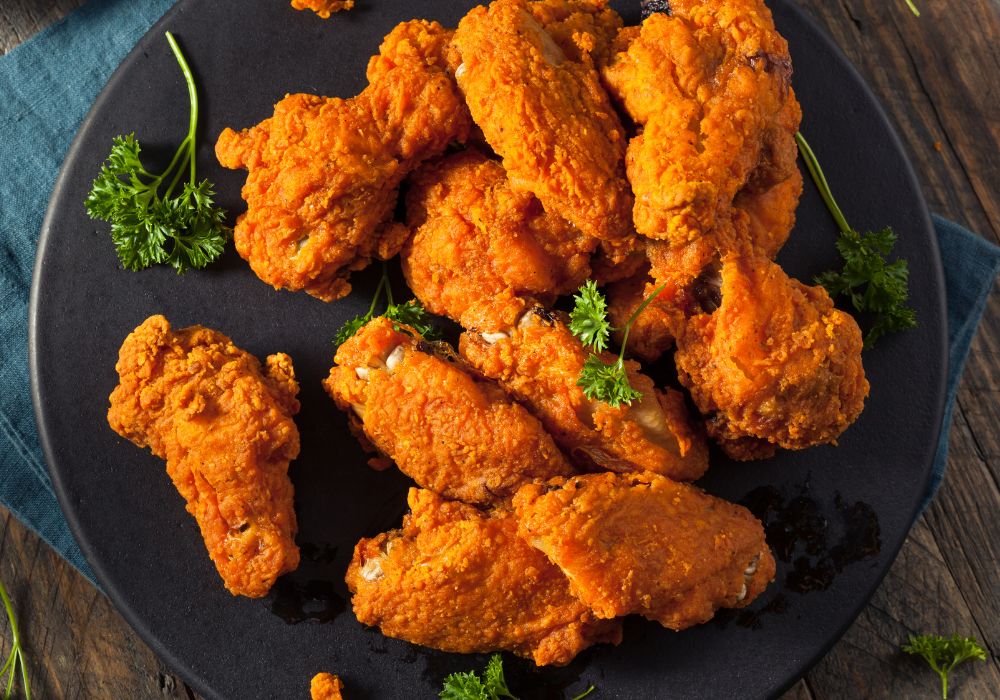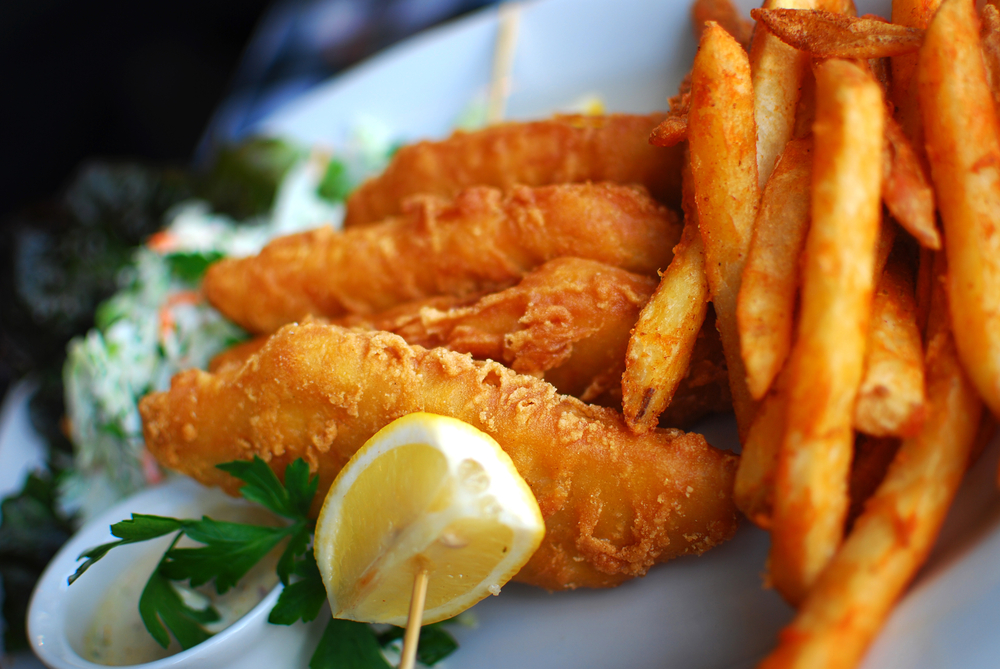In the UK, we began to fall in love with fried fish when Jewish refugees from Portugal and Spain brought over this delicious dish in the 17th century.
Not long before that, Portuguese missionaries were exporting the fritter-cooking technique to Japan, which developed into the various tempura dishes we know and enjoy today. In fact, the word ‘tempura’ actually comes from the Latin ‘quator anni tempora’, also known as the Ember Days of fasting in Catholic tradition.
It’s safe to say that – no matter where you are in the world – people love creating tasty fried fish meals. While we’ve been deep frying fish in oil for centuries, there are still many ways to do it wrong. There are many ways to do it right too but there are some frying rules and general guidelines that apply to any deep frying of fish.
In this post, we’ll answer the most popular questions asked when it comes to deep frying fish in oil.
How much oil do you need to deep fry fish?
The amount of oil you need to deep fry fish will depend on the amount of fish you are frying and the pan in which you’re frying them. The key to successfully deep frying any foodstuff is ensuring that the frying oil maintains a consistent high temperature throughout the cooking process.
As a general rule of thumb, the fish should be able to be fully submerged in the frying oil to ensure an even cook but only cover half of the surface area of the oil. For personal use, frying one portion of fish at a time is recommended but if you do choose to cook multiple fillets, do not overfill the vat. Crowding will likely cause inconsistencies in the temperature of the frying oil, and result in your fish being cooked unevenly. Nobody wants to eat half raw fish with their chips!
Most domestic deep fryers will have clear oil quantity guidelines to ensure you use the right amount of oil for whatever food or quantity of food you’re frying. However, if you’re deep frying at home with a conventional cooking pot, make sure it’s a deep one with high sides. It’s of utmost importance that you don’t fill it more than halfway, as anything more will lead to the oil splattering, which will significantly increase the risk of fire.
REMEMBER – never leave oil unattended when you’re frying. If the oil is beginning to smoke, the temperature is getting too high and the oil is burning. In this situation, turn off the immediately and allow the oil to cool.
How hot should oil be for frying fish?
When you’re deep frying fish – or any food, for that matter – the optimum temperature of the frying oil will depend on the oil you’re using. For deep frying, you’ll want to use an oil that has a high smoke point (the temperature at which oil begins to break down, burn and, well, start smoking) and a neutral flavour.
We covered the various smoke points and flavours of different frying oils in a previous blog post. While rapeseed, peanut and sunflower oil are all viable options, it’s palm oil that comes out on top. With a high smoke point of 230°C and a very neutral taste, palm oil is a great choice for frying fish. While olive oil is many people’s go to cooking oil, its low smoking point and strong flavour make it a bad choice for deep frying.
In general, you should start frying fish when the oil reaches 175-180°C. An oil thermometer is crucial to ensure the oil stays at this temperature. Much lower and the fish can become soggy and any higher will risk burning the outside of the fish whilst leaving the inside raw. Overheating oil will also make it deteriorate much faster so maintaining a consistent temperature is crucial for the longevity of your frying oil.
Can you reuse oil after frying fish?
The short answer is – yes. While there’s no hard and fast rule for how many times you can reuse frying oil, you should be able to recognise when it needs replacing. Telltale signs include foaming, a musty aroma or the oil smoking before it can reach the optimum frying temperature.
It’s inevitable that your oil will slowly become contaminated by the foodstuff you’re frying after repeated use. While the batter on fish protects it from contaminating the oil and vice versa, small parts of it will unavoidably break off into the oil – think of the ‘scraps’ of batter that build up in the frying pans of fish and chips shops. These, as well as the natural deterioration of heated oil, can affect the taste of the food being fried over time.
This only highlights the importance of only using a high quality, long lasting frying oil and cooking with it at a consistent temperature. For more tips on how to manage your oil efficiently, check out the Frymax Good Frying Guide.
What is the best oil to deep fry fish in?
As stated above, the best oil to deep fry fish is one that has a high smoke point to ensure a consistent cook, as well as a neutral flavour that will not overpower the taste of the fish.
While there are several oils that are suitable for frying fish, vegetable oils, and palm oil in particular, are always going to be the best option. With their heat resistance and neutral tastes, they are guaranteed to produce crispy and delicious fish, time and time again.
It’s for these reasons that it’s no real surprise that Frymax palm oil is the most popular frying oil in the fish and chip shop trade. If you want to know more about our long lasting, fully sustainable deep frying oil, get in touch with our friendly team today.
Become a Frymax member today to gain access to exclusive content, expert frying advice and the chance to enter our fantastic competitions.






